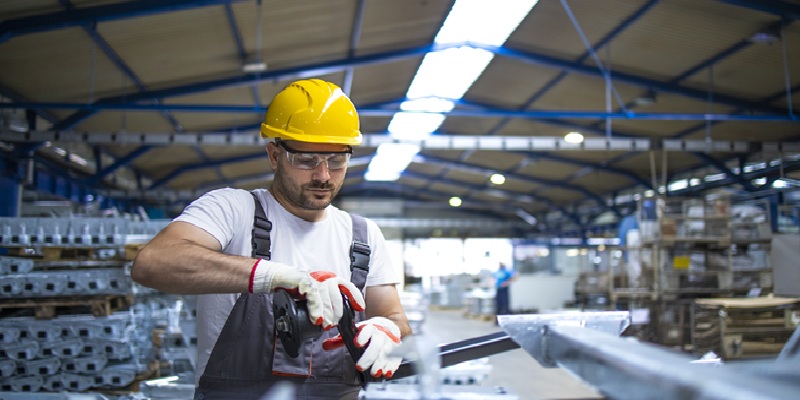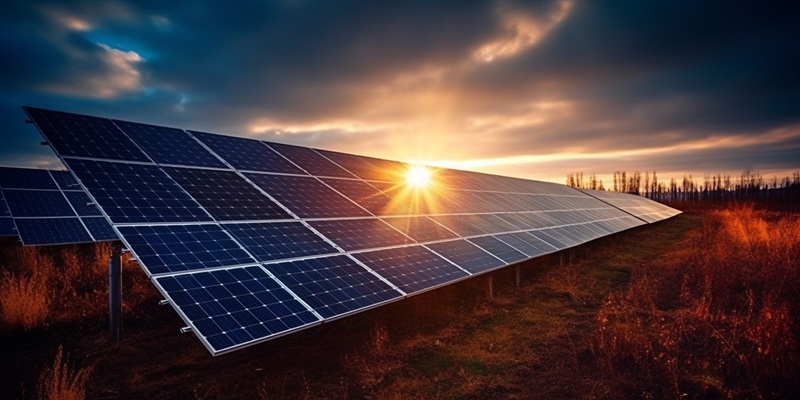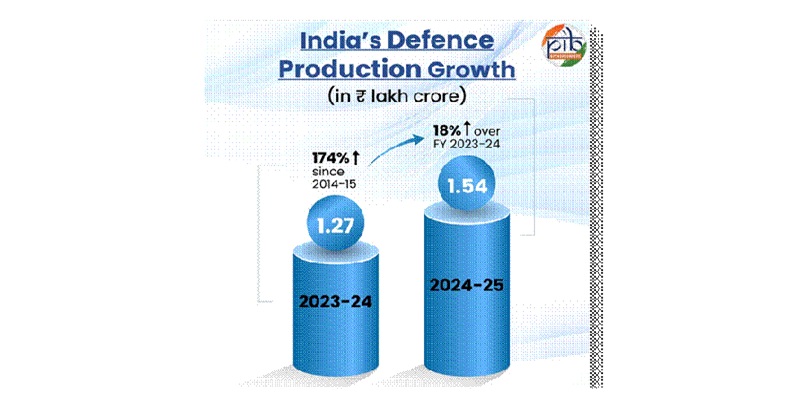Schedule a Call Back
“It is a big myth that IIoT is costlyâ€Â
 Interviews
Interviews- Aug 28,19

Related Stories
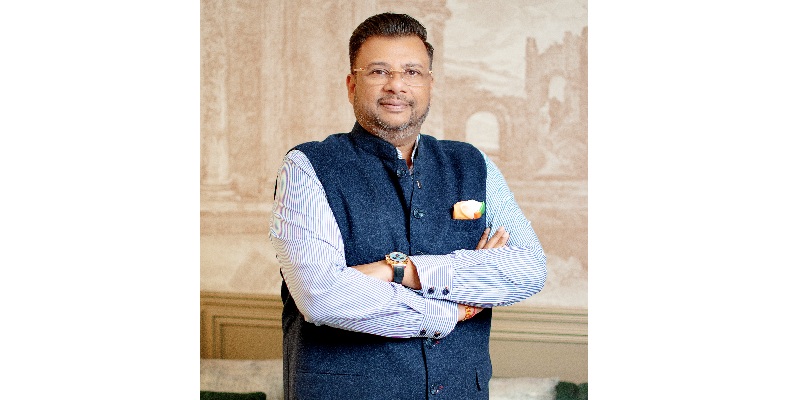
RIICO’s New Land Policy Signals Major Boost for Industrial Growth in Rajasthan
RIICO has decided to freeze land rate increases and introduce graded discounts on existing reserve rates.
Read more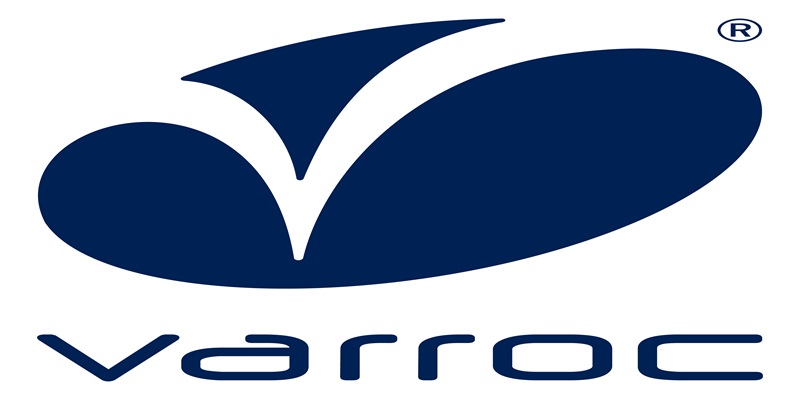
Varroc Secures Major EV Electronics Contract to Boost Global Expansion
With this partnership, Varroc strengthens its foothold in the global passenger vehicle electronics market.
Read more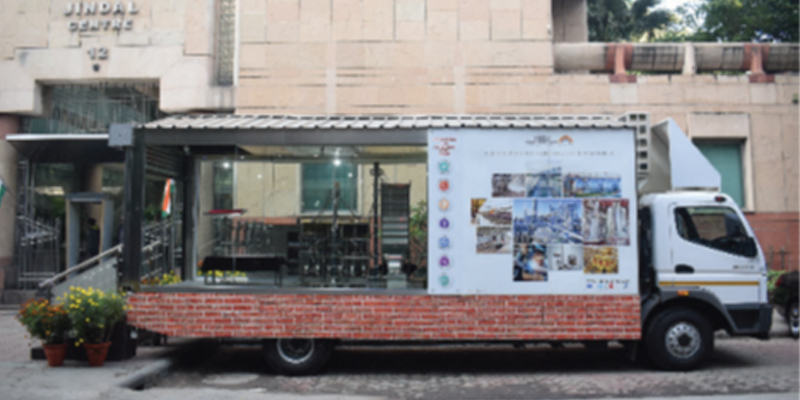
Jindal Stainless to Train and Upskill 0.5 Mn MSMEs through Stainless Academy
Jindal Stainless is building a future-ready stainless steel workforce through its Stainless Academy, empowering students, professionals, and MSMEs with skills that strengthen India’s industrial ec..
Read moreRelated Products

Automotive Oil Pump
Kalpak Auto Pvt Ltd offers a wide range of
automotive oil pump.
Tata Motors unveils facilities for development of Hydrogen propulsion tech
Tata Motors, India?s largest automobile company, unveiled two state-of-the-art & new-age R&D facilities for meeting its mission of offering sustainable mobility solutions. The unveilings constitute of Read more
Tata Motors plans petrol powertrain for Harrier and Safari SUVs
Tata Motors is in the process of developing a new petrol powertrain for its premium sports utility vehicles, the Harrier and Safari, as confirmed by a senior company official. Currently, these models Read more





